Animal Mummies: Preserved through the Ages treats the delicate topic of mummified animal bodies in non-graphic, non-threatening ways for young readers, especially those aged eight to 10, in the third to fifth grades.
Decomposer bacteria and fungi are part of the cycle of life. They assist the natural process of decomposition. They help in the breakdown of tissue once living organisms die.
But decomposition can be hindered. It is a question of human intervention or natural forces. Human intervention refers to the skills of embalmers. Natural forces take in drying in below-freezing cold or in super-dry heat.
All interventions are included in Animal Mummies: Preserved through the Ages, written by Charlotte Wilcox and published by Capstone High-Interest Books in 2003. Charlotte Wilcox also has written Bog Mummies (2003) for Capstone Press. Capstone’s Mummies series additionally includes Ice Mummies (2003) and The Royal Mummies(2003) by Eric Kudalis.
Animal Mummies introduces elementary school-aged students to ancient animal mummies. The book is divided into four chapters. It looks at where to discover and how to preserve mummified animals. Chapter 3 reveals ancient Egypt’s embalming secrets of removing organs, soaking in natron, and wrapping with bandages and resin.
The book begins with a breakthrough discovery in northern Russia during spring 1997. Reindeer-herding brothers Simeon and Gennadi Zharkov find tusks protruding from a big, hairy head in the frozen ground. Kostia Zharkov, hunter and family head, reports the discovery to the Taymyr Nature Reserve since the tusks are found in Siberia’s Taymyr Peninsula.
During fall 1999, Mammuthus Program explorer-founder Bernard Buigues (born 1954) orchestrates the mammoth’s relocation in a 20+ ton (18+ metric ton) ice block to the northern Siberian city of Khatanga. Scientists study the mammoth in a cave whose temperature remains at 5°F (-15°C) year-round. They think that the mammoth died 20,000 years ago at the age of 45+ years.
Embalmed animals in super-dry climates also attract scientists. Cairo’s Egyptian Museum in fact holds the world’s largest collection of ancient animal mummies. Scientists and non-scientists like viewing the museum’s impressive collection of birds, bulls, cats, crocodiles, dogs, fish, gazelles and monkeys.
Animal Mummies appends a glossary and an index. It also includes lists of related reading and worthwhile places to browse on the internet or visit in the world. The author’s intelligent treatment of the cultural, historic and scientific contributions from displaying and researching animal mummies makes the book a fascinating reading experience for young readers already acquainted with nature’s cycle of birth and death.


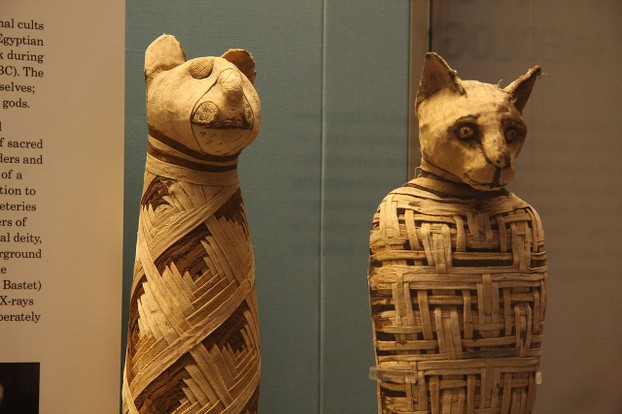
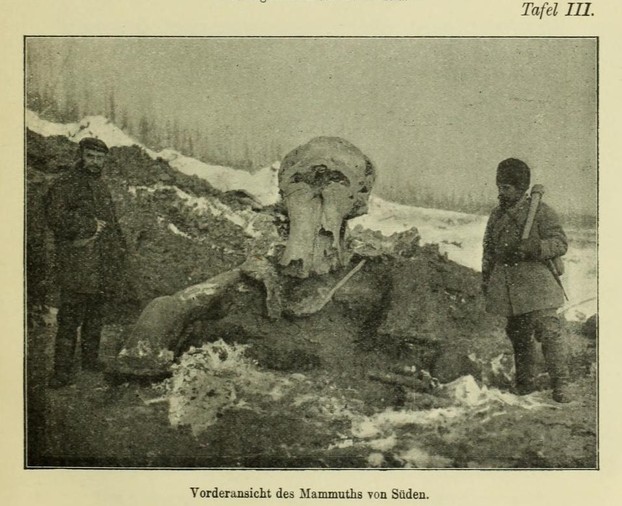
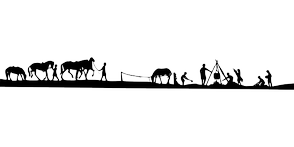

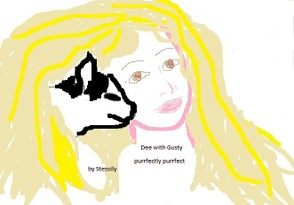
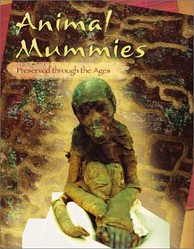

 Are Hawaiian Huakai Po Nightmarchers Avenging Halloween Thursday?on 10/02/2024
Are Hawaiian Huakai Po Nightmarchers Avenging Halloween Thursday?on 10/02/2024
 Mailing Addresses for 2023 Form 4868 Extending 1040 and 1040SR April 15, 2024, Due Dateon 04/15/2024
Mailing Addresses for 2023 Form 4868 Extending 1040 and 1040SR April 15, 2024, Due Dateon 04/15/2024
 Mailing Addresses for 2023 Forms 1040 and 1040SR Filed in 2024on 04/15/2024
Mailing Addresses for 2023 Forms 1040 and 1040SR Filed in 2024on 04/15/2024
 Mailing Addresses for 2022 Form 4868 Extending 1040 and 1040SR April 18, 2023, Due Dateon 04/13/2023
Mailing Addresses for 2022 Form 4868 Extending 1040 and 1040SR April 18, 2023, Due Dateon 04/13/2023

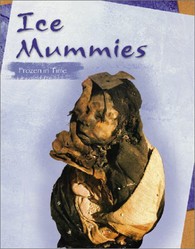
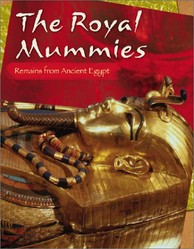
Comments
burntchestnut, Yes, the fascination of children for dinosaurs is endearing, and I love the way kids fearlessly tackle those multi-syllabic dinosaur names!
This series on mummies supplies youngsters with a scientific perspective which satiates their curiosity about mummies and which also hopefully minimizes the scare factor.
All kids love dinosaurs and I think they would be fascinated by mummies, too, especially of animals.